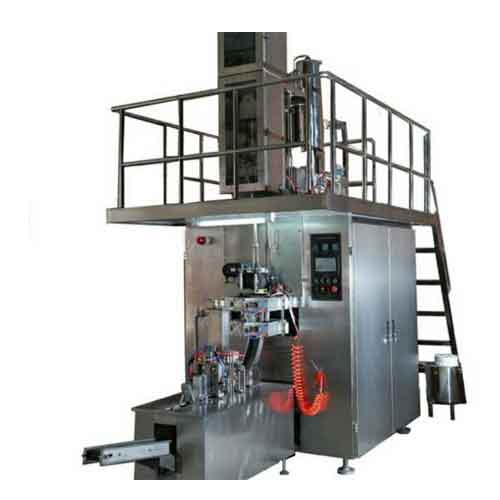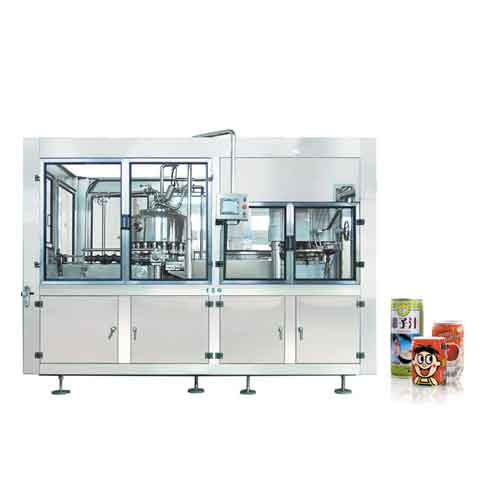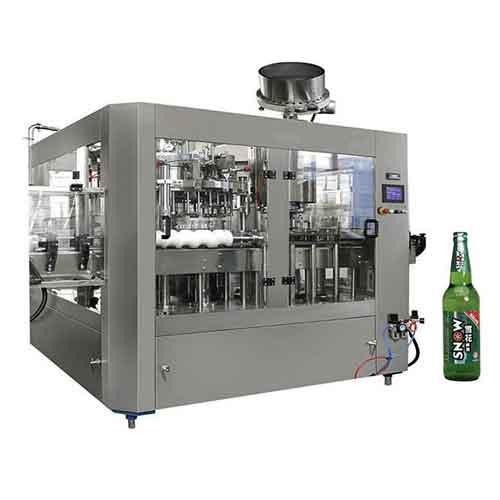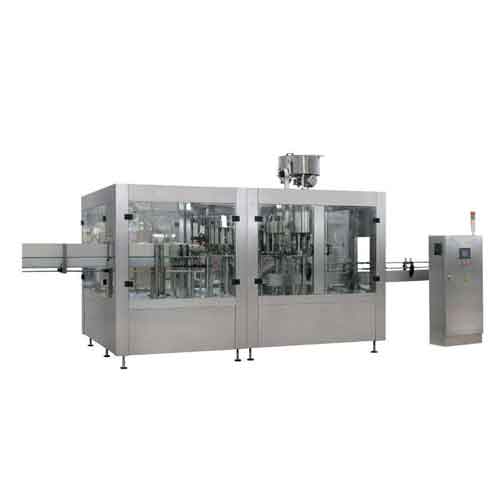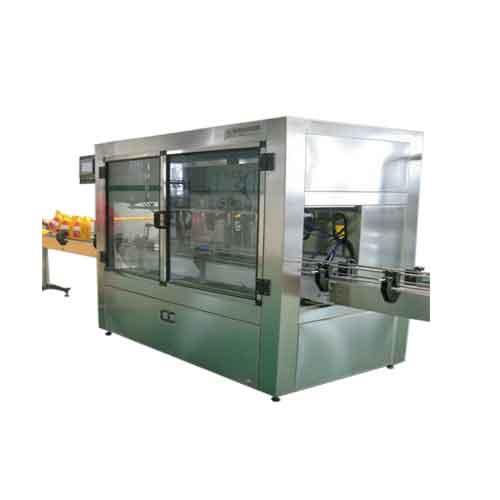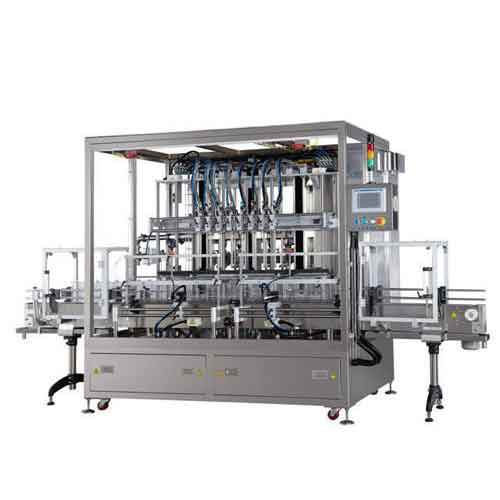
Table of Contents
· Introduction: The Challenge of Flawless Application· Why is Choosing the Right Machine So Critical?
· How Do You Optimize Machine Settings for Peak Performance?
· What Role Does Maintenance Play in Long-Term Success?
· Conclusion: A Partnership for Production Excellence
Your production line is moving fast, but suddenly it grinds to a halt. The cause? A misaligned straw, a weak adhesive bond, or a jam in the straw applicator. These small errors create frustrating bottlenecks, increase waste, and can even damage your brand's reputation with consumers. It feels like you're constantly fighting fires instead of focusing on growth. But what if you could achieve near-perfect application on every single package, boosting both speed and reliability at the same time?
To guarantee the efficiency and precision of your straw applicator machine, you must focus on four key areas: selecting a high-quality, automated machine with precision engineering; meticulously calibrating settings like speed, glue application, and straw positioning; implementing a strict regular maintenance schedule; and using high-quality consumables, including the right adhesive and uniformly manufactured straws.
Why is Choosing the Right Machine So Critical?
I know you're looking at new equipment, and on the surface, many straw applicators seem to do the same job. It's tempting to go with the lowest bidder. But choosing the wrong machine can lock you into years of low efficiency, high maintenance costs, and frustrating compatibility issues with your packaging. This single decision can either become a major asset or a persistent headache for your operations team.Choosing the right machine is critical because it forms the foundation of your production efficiency. A superior machine, like those with advanced software and mechanics, offers high-speed capabilities and unmatched reliability. For example, top-tier systems can handle up to 40,000 packs per hour while ensuring precise straw positioning, as noted by industry leaders like Tetra Pak. This initial investment prevents long-term costs associated with waste, downtime, and inconsistent product quality, making it a cost-effective solution in the long run.

How Do You Optimize Machine Settings for Peak Performance?
You've invested in a great machine, but you're still not hitting the output numbers you were promised. You see crooked straws, weak bonds, and the line stops more often than it should. These small, constant miscalibrations are death by a thousand cuts, slowly eroding your overall equipment effectiveness (OEE) and causing major frustration. The good news is that fine-tuning your machine's settings is the fastest way to unlock its full potential and turn good performance into great performance.To optimize machine settings for peak performance, you must focus on the precise calibration of three core systems: the glue application, the straw feeding mechanism, and the cutting unit.
First, ensure the hot-melt adhesive is at the correct temperature and viscosity for a strong bond without leaving excess residue.
Second, adjust the straw transport and placement arms for exact, repeatable positioning on the package.
Finally, as highlighted by machinery experts, a high-precision process ensures each straw is handled accurately, preventing jams and guaranteeing a professional appearance.
What Role Does Maintenance Play in Long-Term Success?
The line is running smoothly, and production targets are being met. It's incredibly tempting to skip a scheduled maintenance check to keep the momentum going. We've all been there. But this "run-to-failure" approach is a gamble that rarely pays off. It inevitably leads to unexpected, catastrophic breakdowns that cause far more downtime, stress, and expense than planned maintenance ever would.Maintenance plays a crucial, proactive role by preventing unexpected downtime and preserving machine precision. A robust maintenance plan is not a cost—it's an insurance policy for your uptime. This includes daily cleaning of glue nozzles and sensors, weekly checks of moving parts and belts, and periodic replacement of wear-and-tear components like cutters and grippers. This disciplined approach ensures the machine operates within its specified tolerances, maintaining both high efficiency and the quality of straw application day after day.
The Importance of High-Quality Consumables
Even the most advanced machine in the world cannot overcome poor-quality materials. If your straws have inconsistent diameters or lengths, they will jam the feeding mechanism. If your hot-melt adhesive is wrong for your packaging material, you'll get weak bonds or messy application. Using high-quality, consistent consumables is a non-negotiable part of a high-precision process. Specialized adhesives, for instance, are formulated specifically for the coated surfaces of aseptic beverage containers to guarantee a secure bond every time.The Human Factor: Why Operator Training Matters
Automation is key, but your team is the intelligence behind the machine. A well-trained operator does more than just press "start" and "stop." They can spot the subtle signs of a developing problem, like a slight change in the machine's sound or a minor inconsistency in glue application. They can perform quick adjustments and cleanings that prevent small issues from becoming major breakdowns. Investing in training empowers your team to take ownership of the equipment, turning them from simple users into frontline guardians of your production quality and efficiency.
Conclusion: A Partnership for Production Excellence
"By automating the pasting process, the machine significantly reduces production time and labor costs, allowing the company to optimize its manufacturing operations and increase overall efficiency."In my experience, achieving top-tier efficiency and precision isn't about a single magic bullet. It's about creating a complete system of excellence. It starts with choosing the right high-precision machine, but it thrives on meticulous optimization, unwavering commitment to maintenance, and the use of quality materials. Most importantly, it relies on a well-trained team that understands the equipment inside and out.
When these elements work together, your straw applicator transforms from a simple machine into a reliable, high-performance asset that strengthens your entire production line. If you're ready to move beyond fighting daily fires and build a truly efficient packaging process, let's talk. We can help you find the right solution tailored to your specific needs.
Union Machinery has been engaged in food machinery customization services since its establishment in 2014, according to customer needs for you to tailor suitable machinery and equipment, for more product information, please refer to: Drink-Straw-Sticking-Machine;For more videos of the tube sticking machine, please refer to: Video 1、 Video 2; Our expertise and advantages will bring you more opportunities and development space.
For personalized, industry-tailored advice and to explore state-of-the-art solutions, please don't hesitate to contact us at info@unmachinery.com
The following is other knowledge related to the straw sticking machine that I have summarized based on long-term work experience, for your reference. I hope it will be helpful to you.
1.The straw sticking machine you’re looking for!
2.How does the straw sticking machine work?
3.Precautions for operating the straw sticking machine!
4.What issues should you pay attention to when choosing a straw sticking machine?
5.What is the secret to the longevity of straw sticking machines?
6.Common faults and solutions of straw sticking machine.
7.How long is the maintenance cycle of the Straw sticking machine?
8.What should we do if the straw of the straw applicator is not firmly sticked?

